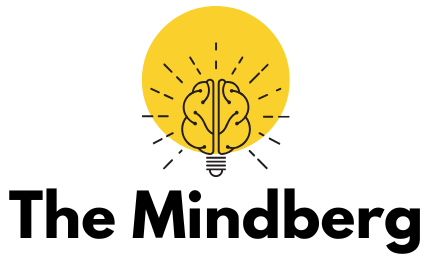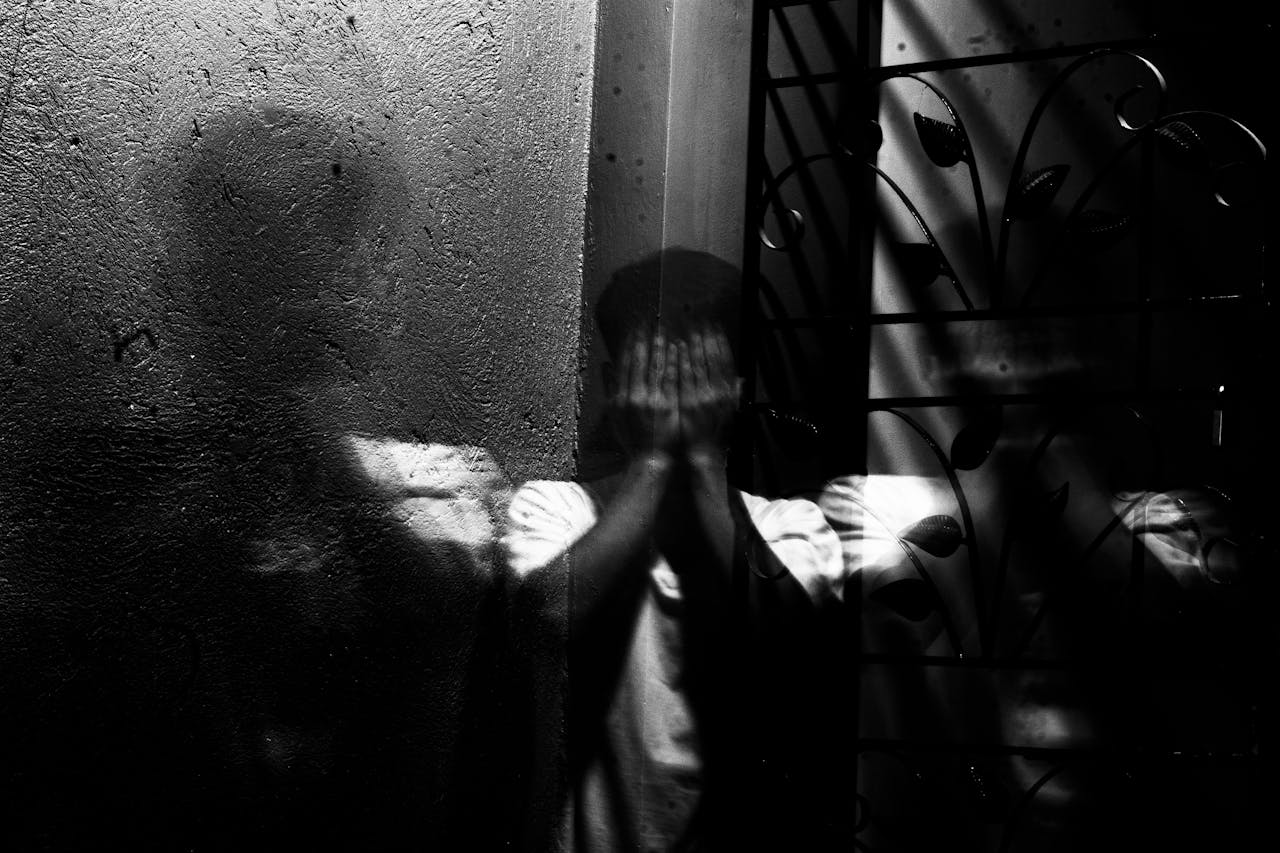Sleep is an essential component of physical and mental well-being, yet for some individuals, nighttime can become a source of distress due to sleep terrors. Often confused with nightmares, sleep terrors are a distinct phenomenon characterized by episodes of extreme fear, screaming, and physiological distress during deep sleep.
These episodes can disrupt the lives of children and adults alike, leading to emotional strain, fatigue, and confusion for both the individual and their family members. Recognizing and addressing sleep terrors requires understanding their unique features, underlying causes, and potential strategies for management.
Sleep terrors often occur during non-REM (rapid eye movement) sleep and are more common in children than adults. Unlike nightmares, which typically occur during REM sleep and involve vivid dreams, sleep terrors are marked by amnesia of the event. Parents may feel helpless as they witness their child experiencing an episode, while adults who experience sleep terrors may struggle with the impact on their daily lives.
This blog aims to explore the symptoms, causes, and management strategies for sleep terrors, providing clarity for those navigating this challenging condition. By identifying the signs and implementing appropriate measures, individuals and families can work towards improved sleep health and overall well-being.
Recognizing the Symptoms of Sleep Terrors
Sleep terrors are often marked by intense physiological and behavioral responses. During an episode, individuals may scream, sweat profusely, and exhibit rapid heart rates. These responses typically occur within the first few hours of sleep, during the deepest stages of non-REM sleep. The individual may appear awake, with wide eyes and frantic movements, but they are often unresponsive to attempts to console or communicate with them.
Another distinguishing feature is the lack of memory following the episode. Unlike nightmares, which involve detailed recall of frightening imagery, individuals with sleep terrors typically do not remember the events upon waking. For children, this can add to parents’ confusion and concern, as the child may return to sleep quickly after the event without realizing what transpired. For adults, the physical and emotional toll of these episodes may linger, contributing to daytime fatigue and anxiety.
Sleep terrors can also disrupt the sleep of others in the household. The loud screams and restless movements may awaken family members, leaving them worried and unsure of how to help. These disruptions can exacerbate stress within the family dynamic, making it crucial to identify the condition early and seek appropriate interventions.
Distinguishing Between Sleep Terrors and Nightmares
Although sleep terrors and nightmares are often used interchangeably in casual conversation, they differ significantly in their nature and impact. Nightmares occur during the REM stage of sleep and are characterized by vivid, often frightening dreams that the individual can recall upon waking. In contrast, sleep terrors arise during non-REM sleep and do not involve dream recall.
The behavioral manifestations also vary. While nightmares may cause individuals to wake up and seek comfort, sleep terrors often involve more dramatic physical responses, such as thrashing or screaming. This distinction is essential for caregivers and medical professionals to ensure accurate diagnosis and effective management.
Another key difference lies in the frequency and duration of episodes. Nightmares are common across all age groups and may occur sporadically, while sleep terrors are less common and tend to follow a recurring pattern, particularly in children. Understanding these differences can guide caregivers in determining whether further evaluation or intervention is necessary.
Understanding the Causes and Triggers
The causes of sleep terrors are multifaceted, involving a combination of genetic, environmental, and physiological factors. A family history of parasomnias, such as sleepwalking or sleep talking, can increase an individual’s likelihood of experiencing sleep terrors. Similarly, underlying conditions like sleep apnea or restless leg syndrome may contribute to the disruption of deep sleep stages, triggering episodes.
Stress and fatigue are common triggers, particularly in adults. Heightened stress levels can interfere with the normal sleep cycle, making individuals more susceptible to parasomnias. Similarly, irregular sleep schedules or sleep deprivation can disrupt the body’s natural rhythms, leading to an increased likelihood of sleep terrors.
For children, developmental factors may play a role. As their brains mature and navigate the complexities of sleep architecture, children may experience disruptions that manifest as sleep terrors. These episodes often diminish with age, but understanding the contributing factors can help parents implement preventive measures.
Behavioral and Psychological Impacts
Sleep terrors can have significant emotional and psychological repercussions for both the individual and their family. For children, the episodes may lead to heightened anxiety around bedtime, creating a vicious cycle of disrupted sleep and increased distress. Adults may experience embarrassment or frustration, particularly if their sleep terrors affect their partners or disrupt their daily functioning.
Family members who witness sleep terrors often feel helpless or distressed, particularly when attempts to console the individual prove ineffective. The strain of interrupted sleep can also affect familial relationships, leading to heightened tension or conflict. Addressing these impacts requires a comprehensive approach that prioritizes both individual and collective well-being.
Effective Management Strategies
Managing sleep terrors begins with establishing a consistent sleep routine. Ensuring that individuals receive adequate sleep can reduce the likelihood of episodes by promoting healthy sleep patterns. For children, maintaining a calming bedtime routine can create a sense of security and reduce pre-sleep anxiety.
Stress management is another critical component. Techniques such as mindfulness, meditation, or therapy can help individuals manage stressors that may contribute to sleep disruptions. For adults, identifying and addressing sources of anxiety can improve overall sleep quality and reduce the frequency of sleep terrors.
In some cases, medical intervention may be necessary. Consulting a sleep specialist can provide valuable insights into underlying conditions that may be contributing to sleep terrors. Treatments such as cognitive-behavioral therapy (CBT) or medication may be recommended based on the individual’s needs.
When to Seek Professional Help
While occasional sleep terrors may not require medical intervention, persistent or severe episodes warrant professional evaluation. If sleep terrors significantly disrupt the individual’s daily life or pose a risk of injury, seeking help from a sleep specialist is essential.
A comprehensive assessment may involve a sleep study, during which the individual’s sleep patterns are monitored to identify abnormalities. This can help determine whether underlying conditions, such as sleep apnea, are contributing to the episodes. Based on the findings, the specialist can recommend tailored interventions to address the root cause of the sleep terrors.

